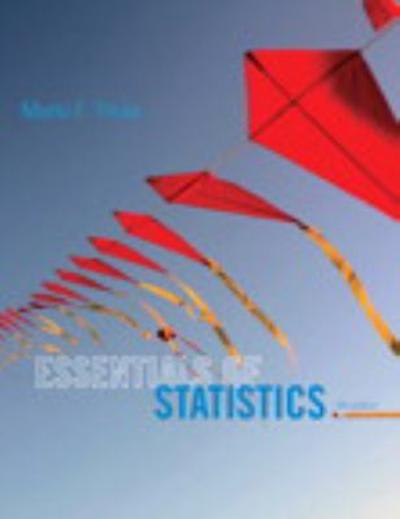Which of the following best describes the level of measurement of the data listed in Exercise 1:
Question:
Which of the following best describes the level of measurement of the data listed in Exercise 1: nominal, ordinal, interval, ratio?
Exercise 1
Literary Digest magazine conducted a poll for the 1936 presidential election by sending out 10 million ballots. The magazine received 2.3 million responses. The poll results suggested incorrectly that Alf Landon would win the presidency. In a much smaller poll of 50,000 people, George Gallup correctly predicted that Franklin D. Roosevelt would win. The lesson here is that it is not necessarily the size of the sample that makes it effective, but the sampling method. The Literary Digest ballots were sent to magazine subscribers as well as to registered car owners and those who used telephones. On the heels of the Great Depression, this group included disproportionately more wealthy people, who were Republicans. But the real flaw in the Literary Digest poll is that it resulted in a voluntary response sample. In contrast, Gallup used an approach in which he obtained a representative sample based on demographic factors. (Gallup modified his methods when he made a wrong prediction in the famous 1948 Dewey/Truman election. Gallup stopped polling too soon, and he failed to detect a late surge in support for Truman.) The Literary Digest poll is a classic illustration of the flaws inherent in basing conclusions on a voluntary response sample.
Step by Step Answer:






